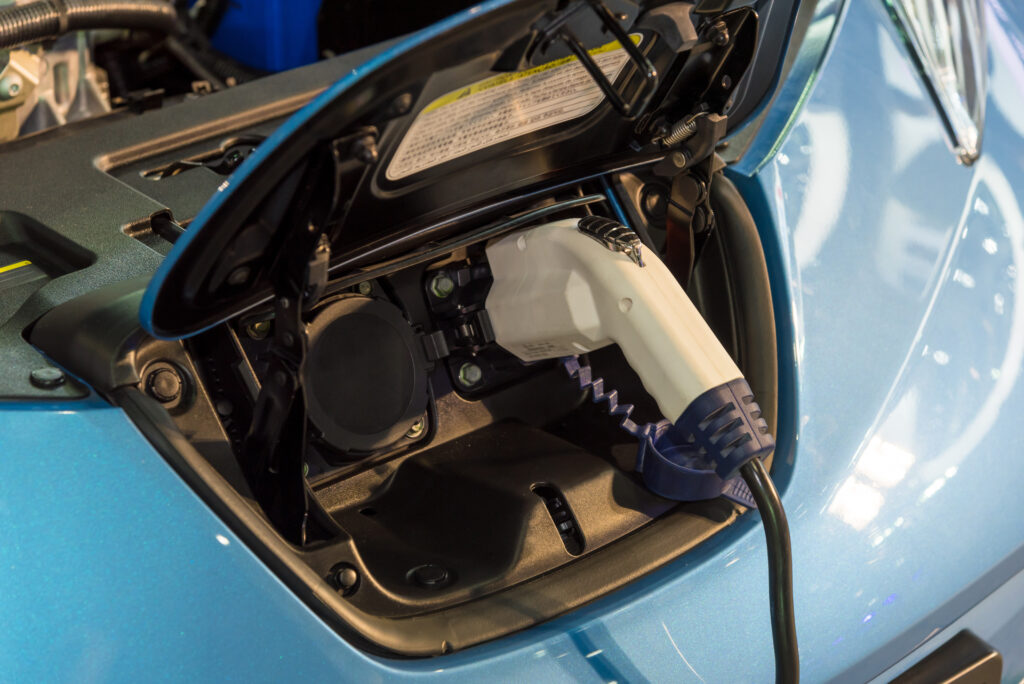When I was asked to coordinate EV charging strategy at Sonepar USA four years ago, I immediately sold my car and bought an electric vehicle (EV). Having chosen an older model with a range of only 75 miles, I am incredibly dependent on the local charging networks.
As an EV driver, I’ve experienced many frustrations that could’ve been avoided. I’ve also seen the immense untapped potential of this sector. The way the market is headed, EV charging will touch every type of electrical contractor. As a driver, I’ve gained invaluable insights for EV charger installers who want to be successful in this lucrative, complex market.
- There is a staggering need for retrofit installations. When I open EV charging apps in my home city of Phoenix, AZ, I see huge swaths of the map with no charging stations at all. With my car’s short range, that’s a big problem. Installers often think about EV chargers when designing new construction projects, but there are many places I would expect to find a charger – like malls, public parking lots, and major office complexes – that just don’t have them. These locations are ripe for retrofitting with chargers, creating opportunities for contractors across America.
- The right product varies by application. When advising your customers on the solution for their application, you want to consider the existing infrastructure, charging level needed, mounting options, and access control. But you have to think about the bigger picture, too. The popularity of a brand in your area and the quality of their app are critical factors for drivers. Download the apps of major EV charger brands and look at the maps. If a provider’s network is sparse, you may want to go with a more popular brand. Consider brands whose chargers are visible in multiple apps. If a site owner installs an unpopular brand for their area, it may not attract EV drivers to their location.
- Install “smart” EV chargers or risk an unhappy site owner. Drivers are more inclined to shell out money for a sleek new ride than the electricity to charge it. A large retailer wants EV drivers to spend time in their store, but they don’t want the same car camped out in their parking lot all day, taking advantage of free electricity and blocking other EV drivers from visiting the store. A “smart” EV charger is connected to the internet, allowing the site owner to monitor usage, and a good software program allows them to set a rate structure, such as one free hour and a gradual price increase from there. As an installer, you’ll want to advise site owners who are new to EVs to avoid “dumb” chargers if they want a consistent, positive site owner and driver experience.
- Take the time to write a helpful description and take accurate photos when you commission a new EV charger. I’ve lost time driving in circles to find the one charger in a massive shopping mall parking lot because the GPS pin was placed on the wrong side of the building. I’ve also driven to more remote areas, counting on there being a charger, only to find that it’s inside a gated community I can’t access. Installers often handle commissioning, and the information you record about a new charger is seen by drivers in the app. Taking a site picture that shows a recognizable landmark in the photo and adding a clear description can make a huge difference in driver experience.
- Steer your customers toward brands that offer reliable support and maintenance. As an EV driver, there’s nothing worse than getting stranded somewhere with a broken charger. Some chargers will be down for a day, others for months. There’s a charger at a deli near my house that hasn’t worked once in three years. A device may also appear to be functional in the app when it’s actually down. When helping your customers choose a product, you’ll want to consider the brand’s reputation and whether the site owner wants to be responsible for maintenance.
A surprising number of EV chargers get removed and replaced by a different brand or model shortly after installation. Site owners realize that the product wasn’t right for their needs, resulting in poor owner and driver experiences. Site owners rely on installers to advise them on the best charger, software, financing and maintenance options, and more. As an EV driver, I’ve learned that this is a complex space with potential pitfalls – but it’s also a booming market that will bring an incredible amount of business to those who are ready to meet the challenge.



